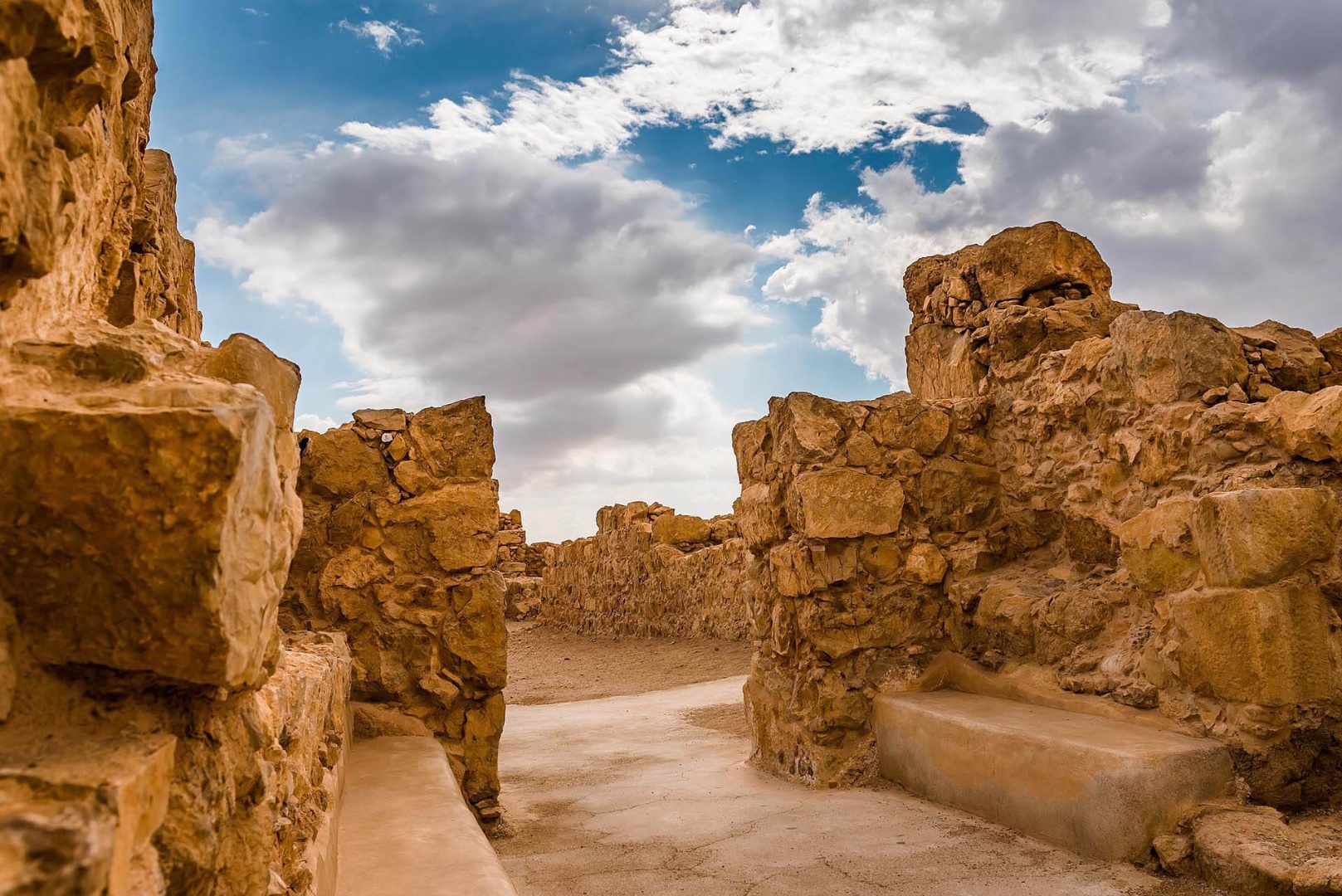
Weather
Masada is one of the most fascinating archaeological and historical sites in Israel. The fortified palace was built by Herod in the late 1st century BCE, but its fame stems primarily from the story of the Jewish rebels’ final stand against the Romans in 73 or 74 CE. Led by Eleazar ben Yair, the rebels chose death over surrender, transforming Masada into a symbol of the fight for freedom.
Masada offers some of the most beautiful scenic views in Israel, overlooking the Judean Desert, the Dead Sea, and the Moab Mountains.
According to Josephus Flavius, the site was first fortified by the Hasmonean king Alexander Jannaeus, though no remains from that period have been found.
In 40 BCE, Herod fled to Masada to escape the Parthians. After ascending to power, he constructed a complex of palaces, storehouses, bathhouses, and a sophisticated water system. Masada was intended as a refuge for the king in times of crisis.
In 66 CE, during the Great Revolt against Rome, the Sicarii rebels seized Masada. After the destruction of Jerusalem in 70 CE, it became the last bastion of Jewish resistance. In 73-74 CE, the Roman army, led by Flavius Silva, laid siege to the fortress. After building a ramp and breaching the wall, the rebels chose death over enslavement.
In the 5th century CE, monks settled in Masada and established a hermitage monastery. This settlement persisted until the Arab conquest in the 7th century.
Masada was identified in the 19th century, but significant excavations began in 1963 under the leadership of Professor Yigael Yadin. Since then, the site has become a national symbol and a global tourism destination.
Masada National Park is located along Route 90, near the Dead Sea, with two main entrances:
צימר מושלם מחכה לכם – בואו לשריין מקום לפני כולם